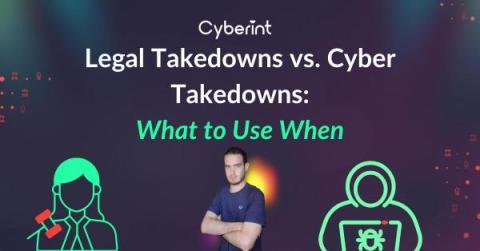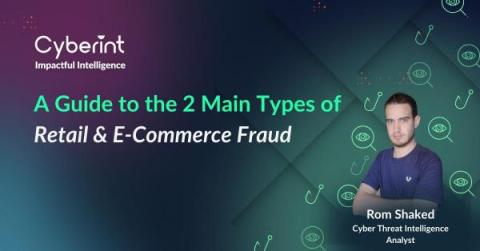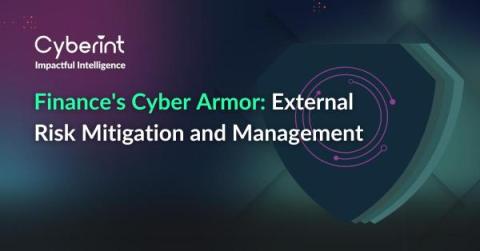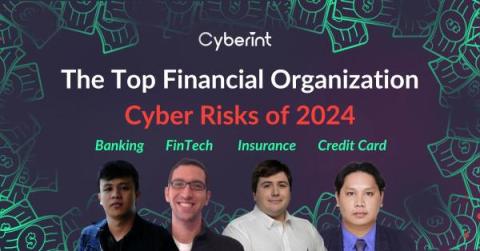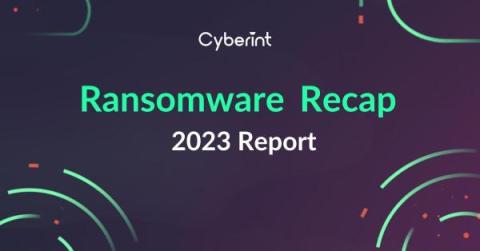Cryptocurrency on the Underground
Over the past decade, cryptocurrency has significantly disrupted the economic and business landscape. Its popularity has soared, driven by the promise of anonymous transactions and the potential for substantial returns on investment. However, the crypto market’s vulnerabilities, coupled with limited government oversight, have provided fertile ground for cybercrime to flourish.



